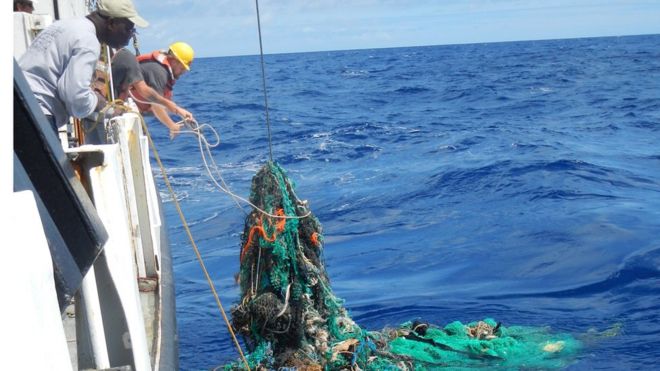27 March 2018
DAVAO CITY, PHILIPPINES –The Philippines scored yet another tourism marketing coup with its successful hosting of the Alveo IRONMAN 70.3 triathlon last Sunday in this premier Mindanao city, the hometown of President Rodrigo Duterte.
Thousands of people welcomed and cheered over 2,000 competitors in the different categories of this prestigious international sporting event that featured 21 world champions, including men’s professional big winner Mauricio Mendez of Mexico.
Department of Tourism (DOT) Secretary Wanda Tulfo Teo said tens of thousands foreign and domestic visitors descended in Davao City for the spectacle race, rendering hotel resorts in the area fully-booked days before the three-day event began.
“Once more, we have showcased Davao City as an outstanding venue for major international events and as a safe haven for truly great fun experience,” said Teo, a self-made Davao travel entrepreneur before her ascent to the DOT top post.
Both Teo and Davao City Mayor Inday Sara Duterte-Carpio vowed to facilitate and host other popular sports events this year, including a segment of the World’s Strongest Man competition next month in the backdrop of immense Mt. Apo.
“I’ve been wanting to do the Ironman here. I am very happy that it’s here now and we welcome you all wholeheartedly,” Mayor Duterte-Carpio said during the media day at the Ayala Land’s Azuela Cove in Davao City’s Lanang district.
The triumphant 22-year old Mendez, a heartthrob among women enthusiasts, said he has fallen for Davao City’s pristine scenery, luscious greenery, the exotic local cuisine and the Filipino hospitality.
Mauricio finished second in last year’s IRONMAN in Cebu City and a seven-time first-placer in previous IRONMAN and XTERRA professional triathlon competitions.
Women's pro-winner Radka Kahlefeldt of Czech Republic has competed several times in the Philippines while Cebu native Jorry Ycong topped the Asian Elite category.
The triathlon included a 1.9-kilometer swim, followed by a 90-kilometer bike, and ended with a 21.1-kilometer run.
A record-high 1,800 professional triathletes from 39 countries like Australia, Japan, Hungary, Mexico, United States, South Africa and the Czech Republic competed the 9-hour event that also featured Filipino celebrities Matteo Guidicelli, Wilfred Uytengsu, Kim Atienza, and Bubbles Paraiso.
The organizers prepared special medals for the finishers, crafted by a prominent Mindanaoan artist named Kublai Millan.
Teo also lauded the local Philippine National Police (PNP) region 11 police office and hundreds of community volunteers for ensuring security and traffic safety throughout Sunday’s race.
“Tourism does not only seek to promote destinations but also wellness for local and international visitors to pamper themselves, and Mindanao offers a complete package for holistic health and fitness, and nature adventure,” said Teo.
“Marami pang darating na events, not only in Davao but in other places din para ma-promote ang iba pang destinations (There will be more events not only in Davao but also in other emerging tourist destinations),” Teo added.
Teo said the event is aligned with the DOT’s “Go South” program to promote world-class destinations like Siargao, Samal Island, Camiguin, Zamboanga and Tawi-Tawi, and Mindanao’s products, food, culture and tradition.
For further details, please contact:
Public Affairs, Communications, and Special Projects
Philippines Department of Tourism
351 Sen. Gil Puyat Ave., 1200, Makati City
Phone (+632) 459 5200 local 316
Website: www.tourism.gov.ph












